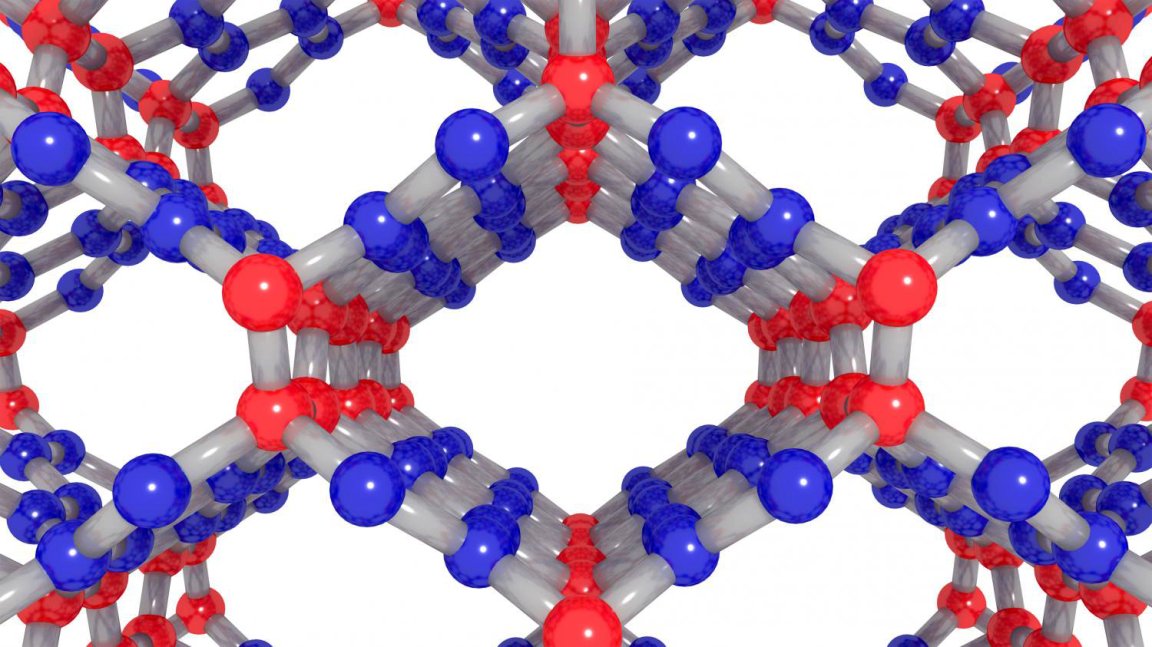
A New Kind of Carbon
An international team comprising scientists from the Carnegie Institution for Science and Yanshan University has developed an incredible new form of carbon. It is extremely light, ultra-strong, elastic, and even electrically conductive. This unusual combination of qualities makes this material versatile for a number of applications.
Carbon is unique in the sense that its electron configuration allows it to self-bond in a number of different ways, which means it is capable of taking many different forms.
The scientists created this interesting type of carbon through an equally interesting method, placing glassy carbon — a non-graphitizing and structurally disordered form of carbon — under about 250,000 times the normal atmospheric pressure. After then heating it to 982.2 degrees Celsius (1,800 degrees Fahrenheit), the researchers found the new form.
Before they finally developed the carbon mentioned here, the researchers did play with different temperatures and pressures. However, only under these specific conditions did the carbon take this form, retain its structure, and not crystallize.
A Very Desirable Form
So, what can we do with carbon that is rubbery, rock-hard, conductive, and still very light? As Zhisheng Zhao, a professor at Yanshan University, explains in a Carnegie press release, “Light materials with high strength and robust elasticity like this are very desirable for applications where weight savings are of the utmost importance, even more than material cost.”
A material that is both strong and elastic without a lot of weight could be extremely beneficial for technologies like military vehicles and armor. In particular, this type of material could dramatically improve military exoskeletons. It could also be extremely useful in providing resilient structure and electrical conductivity without weighing down a ship bound for Mars or elsewhere in the solar system.
Those are just a few of the many potential applications for this particular type of carbon, and it could even lead to the development of other kinds. According to Zhao, “We believe that this synthesis method could be honed to create other extraordinary forms of carbon and entirely different classes of materials.”